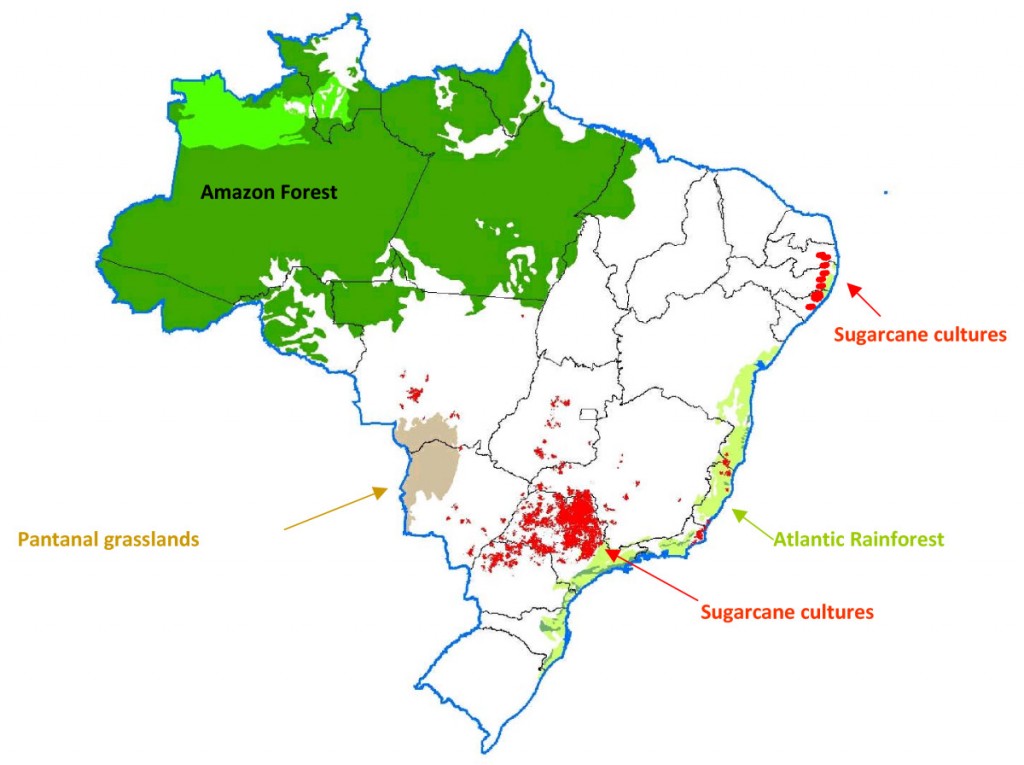SAO PAULO – Late season sugar output from Brazil’s main center-south cane belt jumped unexpectedly to 97,000 metric tons in the second half of January, after dropping to 29,000 metric tons in the first half of the month, milling association Unica said on Thursday.
With 39 of the roughly 360 mills in the region still harvesting, crushing reached 3.93 million metric tons of cane in the fortnight, sharply up from 1.82 million metric tons in the first half of January, Unica said.
The association said the number of mills crushing is expected to fall to 32 in the first half of February. Typically, mills close by late December but rain delays through the season prompted more cash-poor mills to crush deeper into the rainy season.
The second half of January was drier than the first half, which helped explain the unexpected increase in crushing. Early February crushing is expected to decline due to wetter weather and the smaller number of mills still operating, Julio Borges, head of local consultants Job Economia, said.
The larger-than-usual number of mills crushing is a sign of the sector’s fragile financial state, he said.
“The way to generate cash is to crush,” said Borges. “The situation in the first quarter is not typical. It reflects the financial condition of the mills.”
Only 27.5 percent of the cane crushed by mills still operating was devoted to sugar production, with the rest used for ethanol output. This is far below the typical 40-43 percent of the crush that goes to sugar production, but low sucrose levels in cane at this time of year favor ethanol production.
Analysts say crushing during the rainy season is costly and not economically sustainable but indebted mills with restricted access to credit are still harvesting to keep cash flowing through their accounts.
Front-month raw sugar futures on ICE extended losses after the report, down 1.8 percent at 13.14 cents per lb by 9:30 a.m. EST and poised for their biggest daily loss in 1-1/2 weeks.
Brazil’s total cane crush so far in 2015/2016 (April-March) reached a record 599.9 million metric tons, an increase of 5 percent from last year’s disappointing 570 million metric tons, when drought curbed output.
